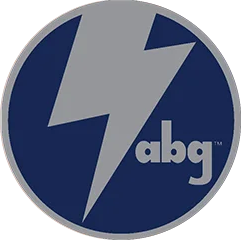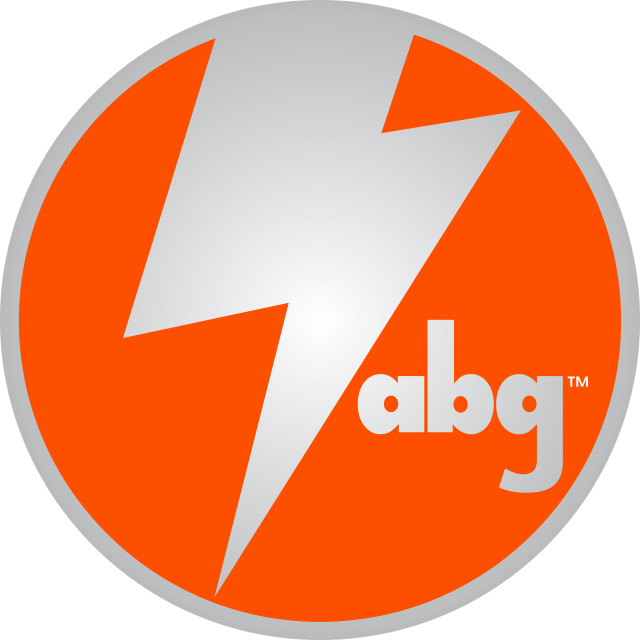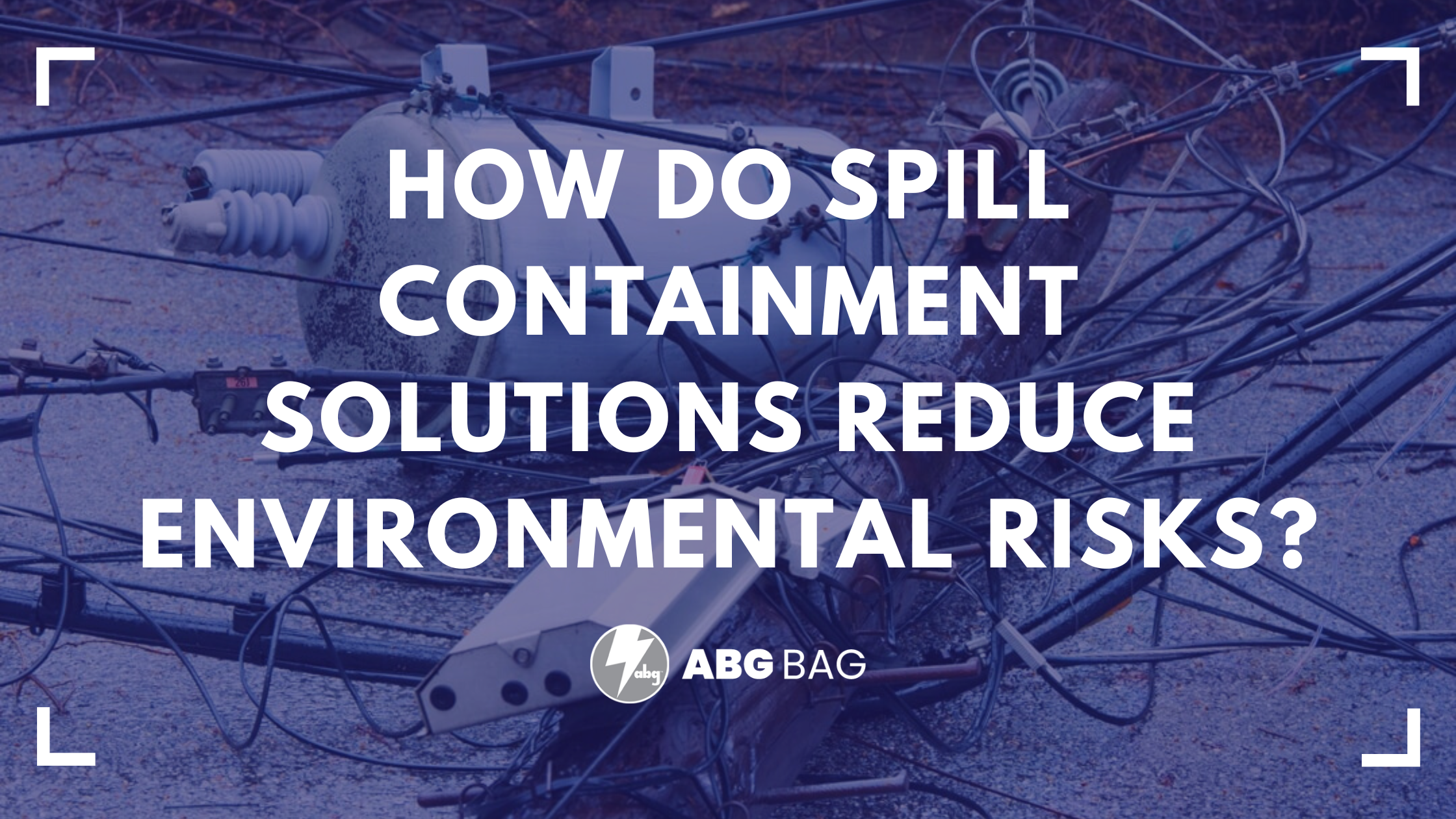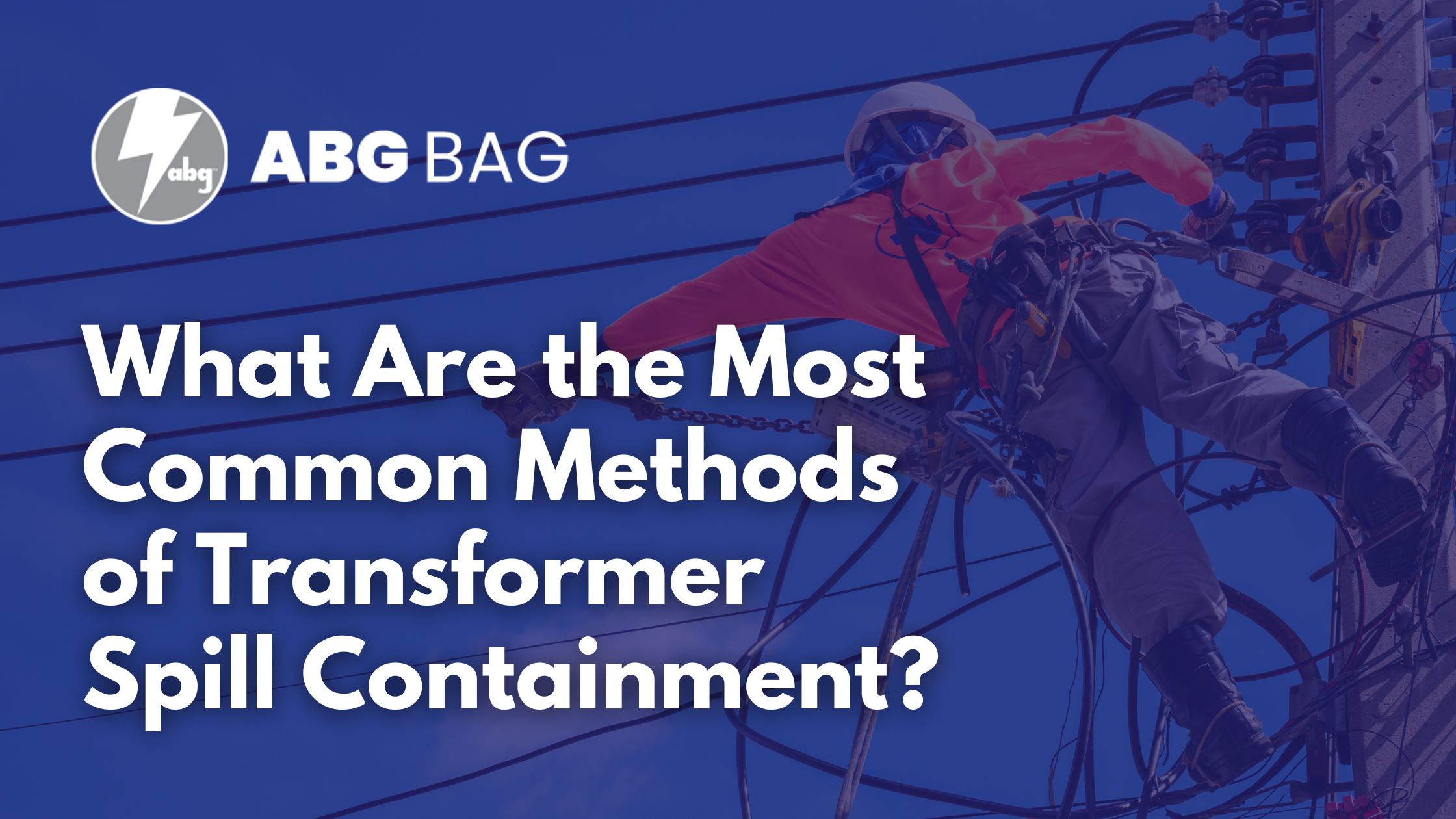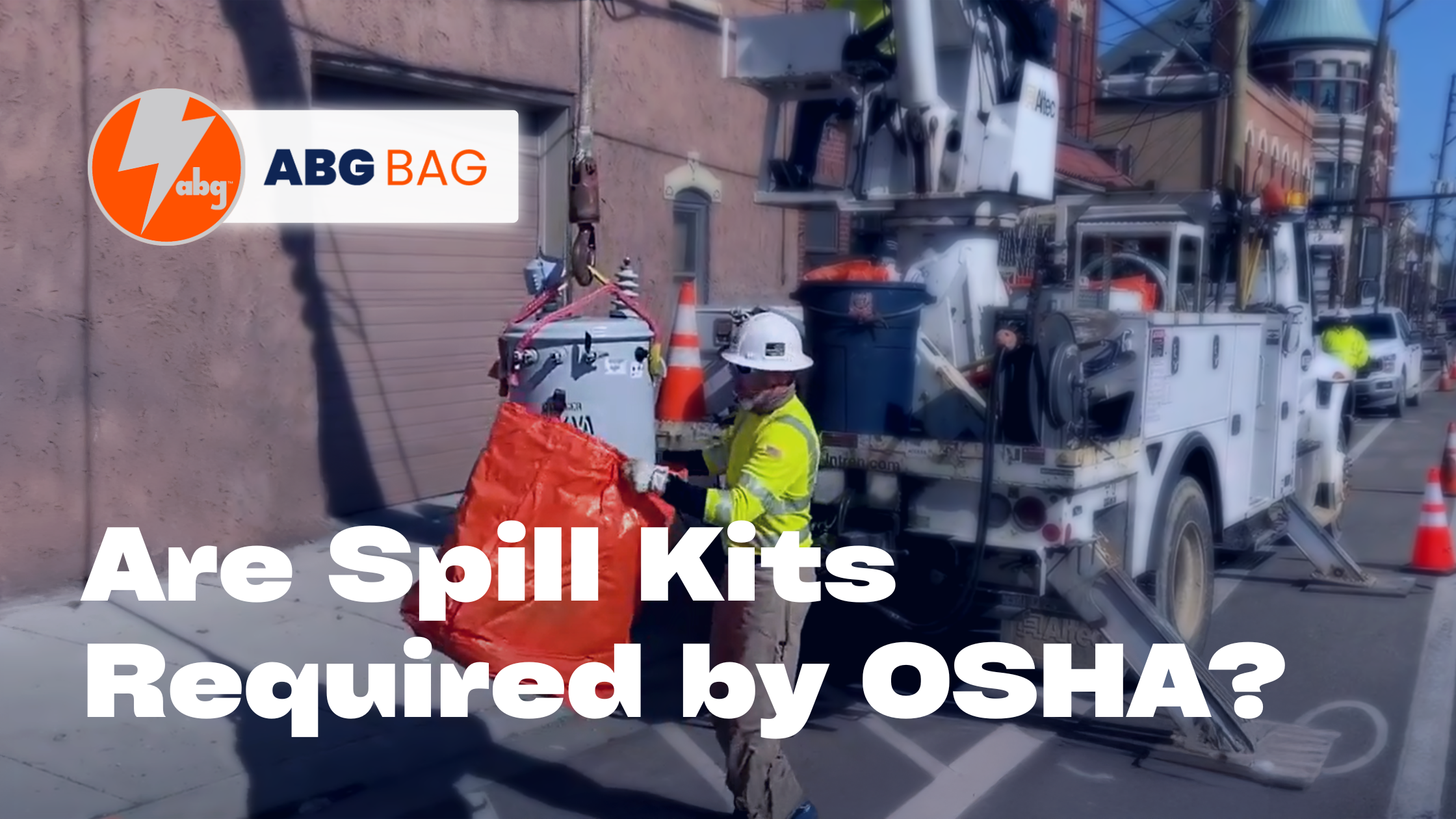
Are Spill Kits Required by OSHA?
Managing transformer oil safely is a critical responsibility for utilities. Leaks or spills can pose environmental hazards, safety risks, and regulatory liabilities. One of the most common questions utility operators ask is whether spill kits are required by OSHA. While the Occupational Safety and Health Administration does not explicitly mandate spill kits, compliance with OSHA regulations often makes having a transformer oil spill kit a practical necessity.
OSHA’s Role in Spill Preparedness
OSHA’s primary mission is to ensure worker safety. While the agency does not issue a regulation stating “all facilities must have spill kits,” it does enforce standards requiring employers to protect employees from hazardous conditions. Transformer oil is classified as a chemical hazard in many contexts. Leaks or spills can create slip hazards, fire risks, and potential chemical exposure.
Under OSHA’s Hazard Communication Standard (HCS) and other general safety guidelines, employers must provide the tools and procedures necessary to manage these hazards. This means utilities must be prepared to respond promptly to spills, using equipment such as transformer spill control bags, transformer maintenance containment bags, and transformer oil spill kits to protect workers and the environment.
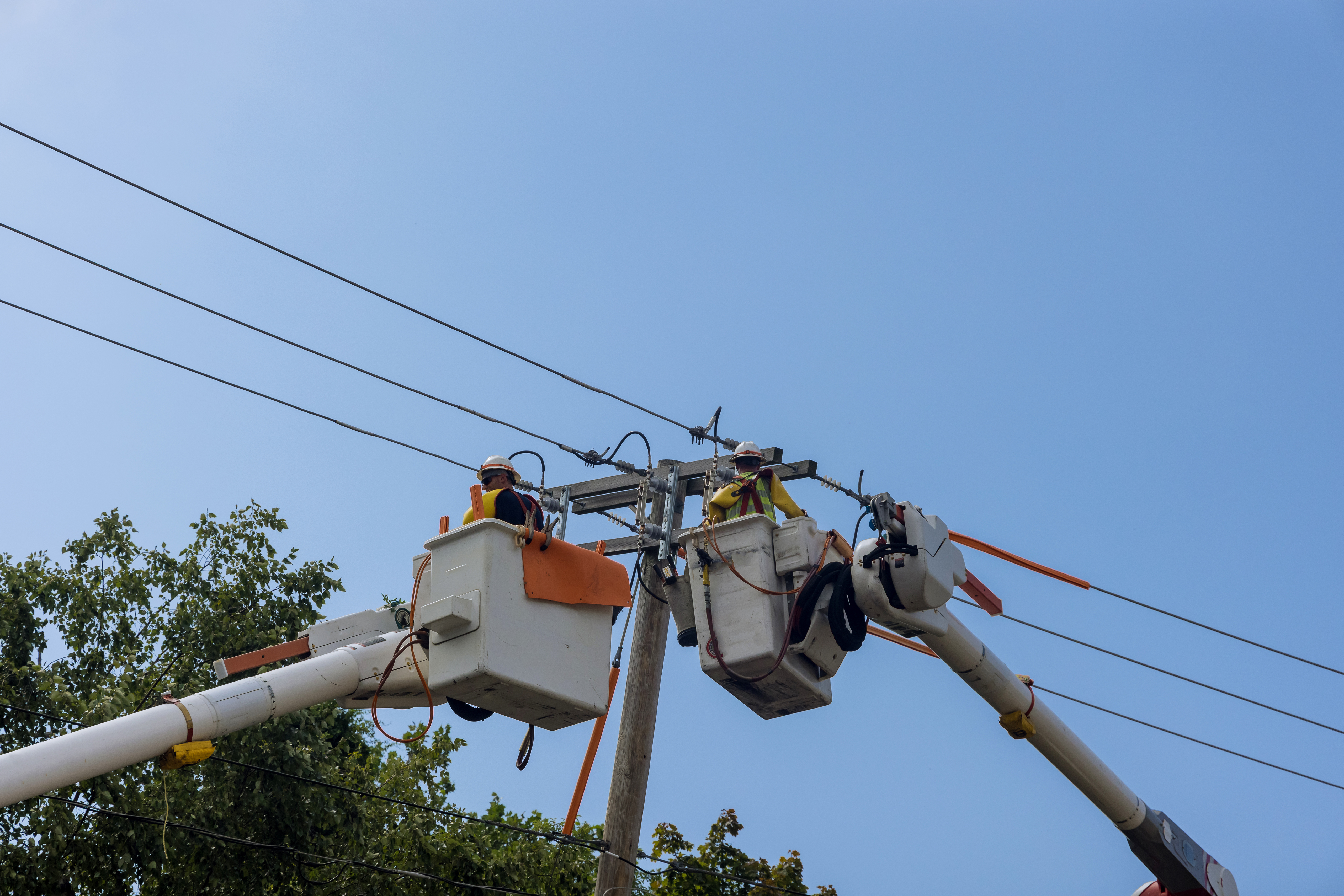
Spill Kits as a Compliance Measure
In practice, transformer oil spill kits serve as a tangible measure of OSHA compliance. Without proper containment and cleanup tools, utilities may face citations during inspections. Consider the following scenarios:
- Slip Hazards: If transformer oil leaks onto a walkway or access path, it can create an immediate slip hazard. OSHA expects employers to have the means to clean up spills quickly to prevent accidents.
- Chemical Exposure: Workers exposed to transformer oil without proper personal protective equipment (PPE) may be at risk of burns, skin irritation, or respiratory issues. OSHA may cite a facility for failing to provide proper hazard mitigation measures.
A transformer oil spill kit directly addresses both concerns by providing absorbent materials, booms, gloves, and disposal bags, enabling crews to respond quickly and safely.
Integration With Transformer Spill Containment
While OSHA’s primary concern is worker safety, effective spill management also involves proactive containment. Utilities often deploy transformer spill control bags, pole-mounted transformer oil spill bags, environmental compliance transformer bags, and utility transformer containment bags as a first line of defense.
These containment solutions capture leaks at the source, preventing oil from reaching the ground or stormwater systems. Spill kits act as a secondary, reactive measure—used when containment bags are full, compromised, or not yet installed. Combining proactive containment with reactive spill response ensures both OSHA compliance and environmental protection.
PCB transformer containment solutions are particularly important for older equipment containing polychlorinated biphenyls (PCBs). These hazardous chemicals require specialized containment products to prevent soil or water contamination and meet EPA regulations. When paired with a transformer oil spill kit, PCB containment solutions allow crews to handle legacy transformers safely while minimizing worker exposure.
Spill Kit Components and Selection
To meet OSHA expectations, a transformer oil spill kit should include:
- Absorbent Pads: Quickly soak up transformer oil and prevent it from spreading.
- Absorbent Socks or Booms: Surround leaks and contain oil near drains or on hard surfaces.
- Personal Protective Equipment (PPE): Gloves, goggles, and sometimes coveralls to protect workers during cleanup.
- Disposal Bags and Ties: Safely collect and remove oil-soaked materials.
- Instruction Sheet: Step-by-step guidance for emergency response.
Selecting the right kit depends on transformer type, site conditions, and potential oil volume. DOT-compliant transformer containment bags may be required during transport, while standard maintenance bags or pole-mounted transformer oil spill bags are suited for stationary equipment.
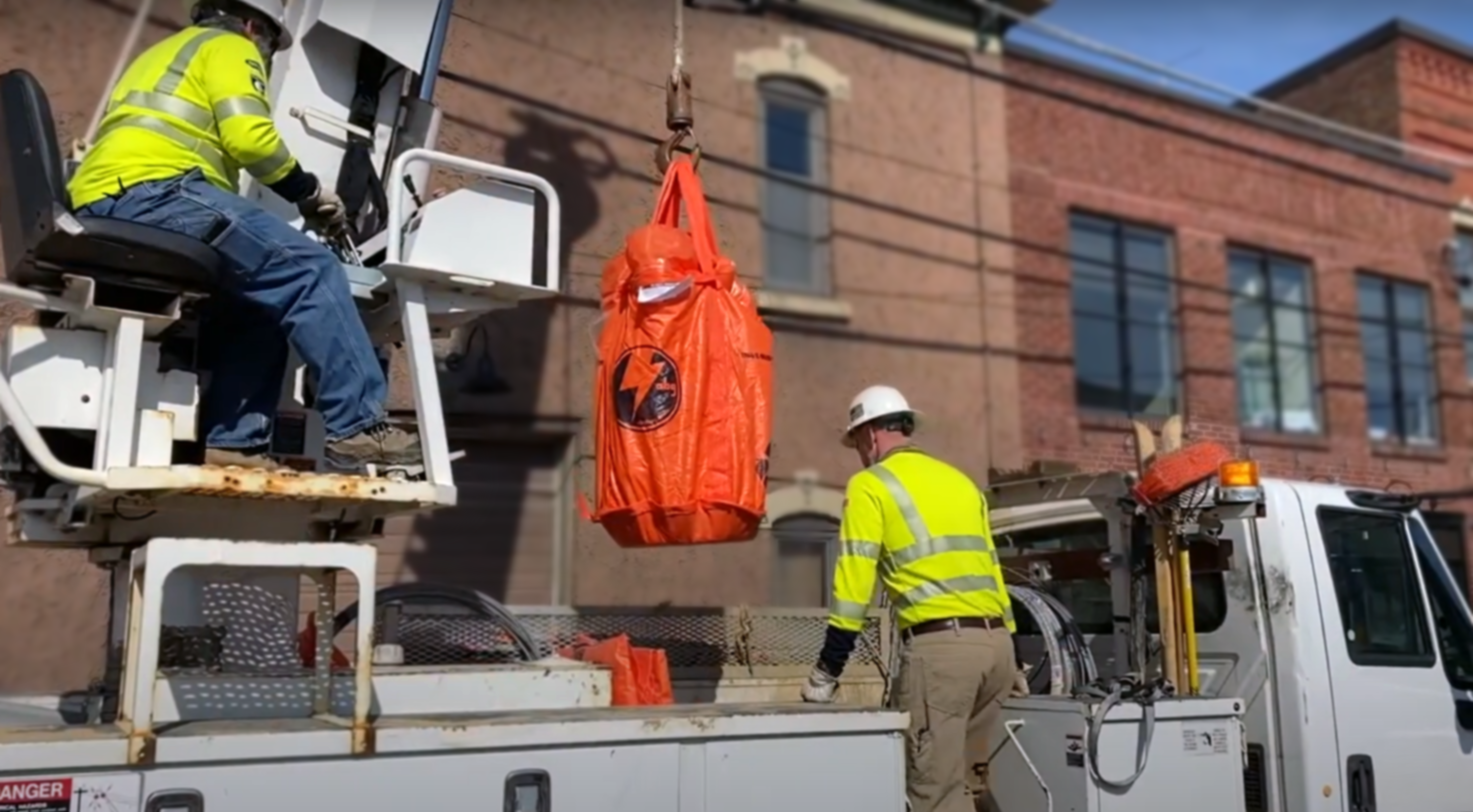
Best Practices for OSHA Readiness
Utilities can ensure OSHA readiness by integrating spill kits into a broader containment program:
- Layered Protection: Combine transformer maintenance containment bags with transformer oil spill kits for both proactive and reactive coverage.
- Regular Training: Crews should know how to use spill kits safely and effectively.
- Routine Inspections: Check transformer spill control bags, pole-mounted oil spill bags, and spill kits for wear or depletion.
- Site-Specific Deployment: Place spill kits in areas with higher risk, such as pad-mounted transformers or locations with heavy foot traffic.
- Documentation: Keep records of spill kit locations, inspections, and training to demonstrate compliance during audits.
By adopting these practices, utilities can protect workers, meet OSHA standards, and reduce environmental risks.
While OSHA does not explicitly require transformer oil spill kits, their use is strongly recommended as part of a comprehensive workplace safety and spill containment program. A combination of transformer spill control bags, transformer maintenance containment bags, pole-mounted transformer oil spill bags, PCB transformer containment solutions, and transformer oil spill kits provides a layered approach that safeguards employees, infrastructure, and the environment.
For utilities looking to ensure compliance and minimize risks, our Transformer Oil Spill Kits For Utility Compliance resource offers guidance on selecting the right kit for your operations. For a broader overview of spill management strategies, see our Guide To Transformer Spill Containment Solutions.
To discuss the ideal transformer spill containment solutions for your utility, call 800-758-8079 or contact ABGBAG by filling out the form below. Our team can help you implement a compliant, effective, and proactive spill management program.
Do You Have Questions?
For inquiries about our products, order status, or any other information related to ABG, send us a message, and we will respond soon.
Sales & Customer Care
Product Questions

